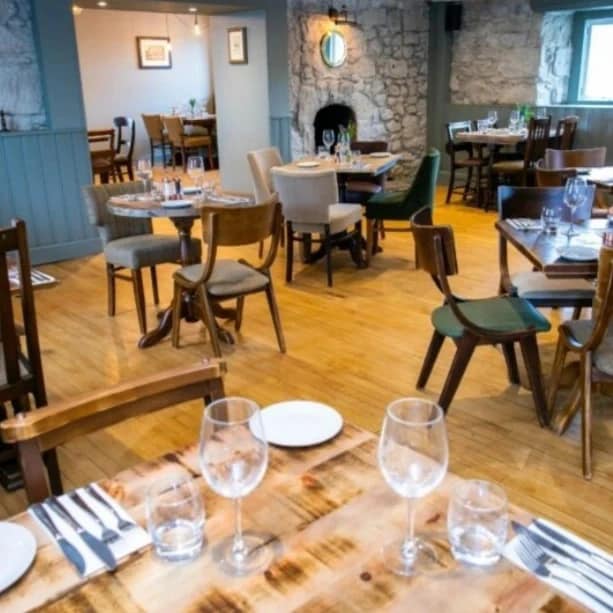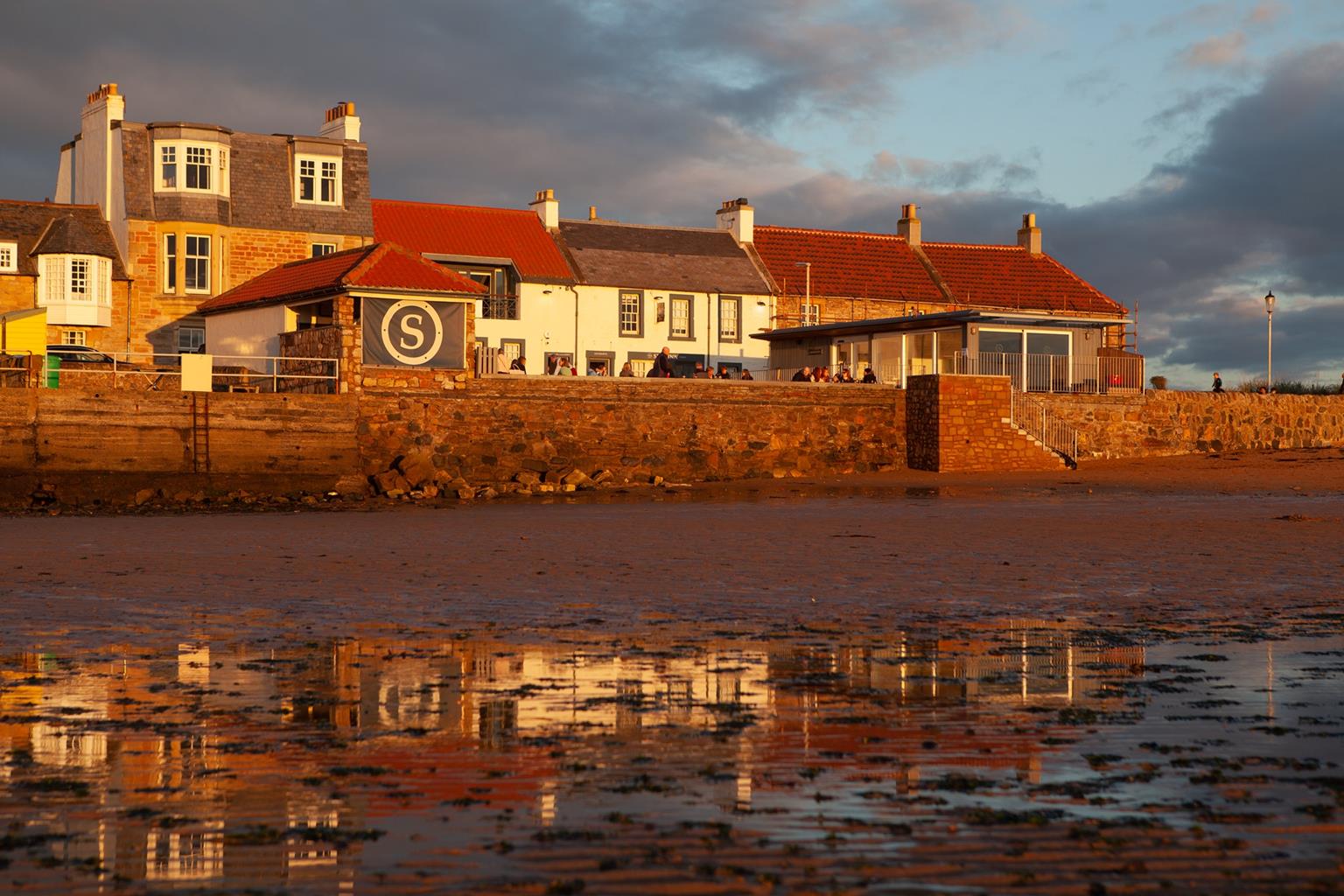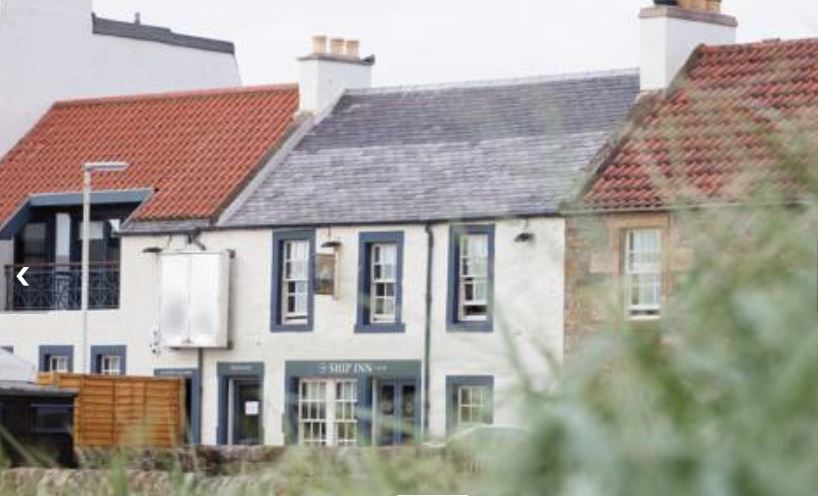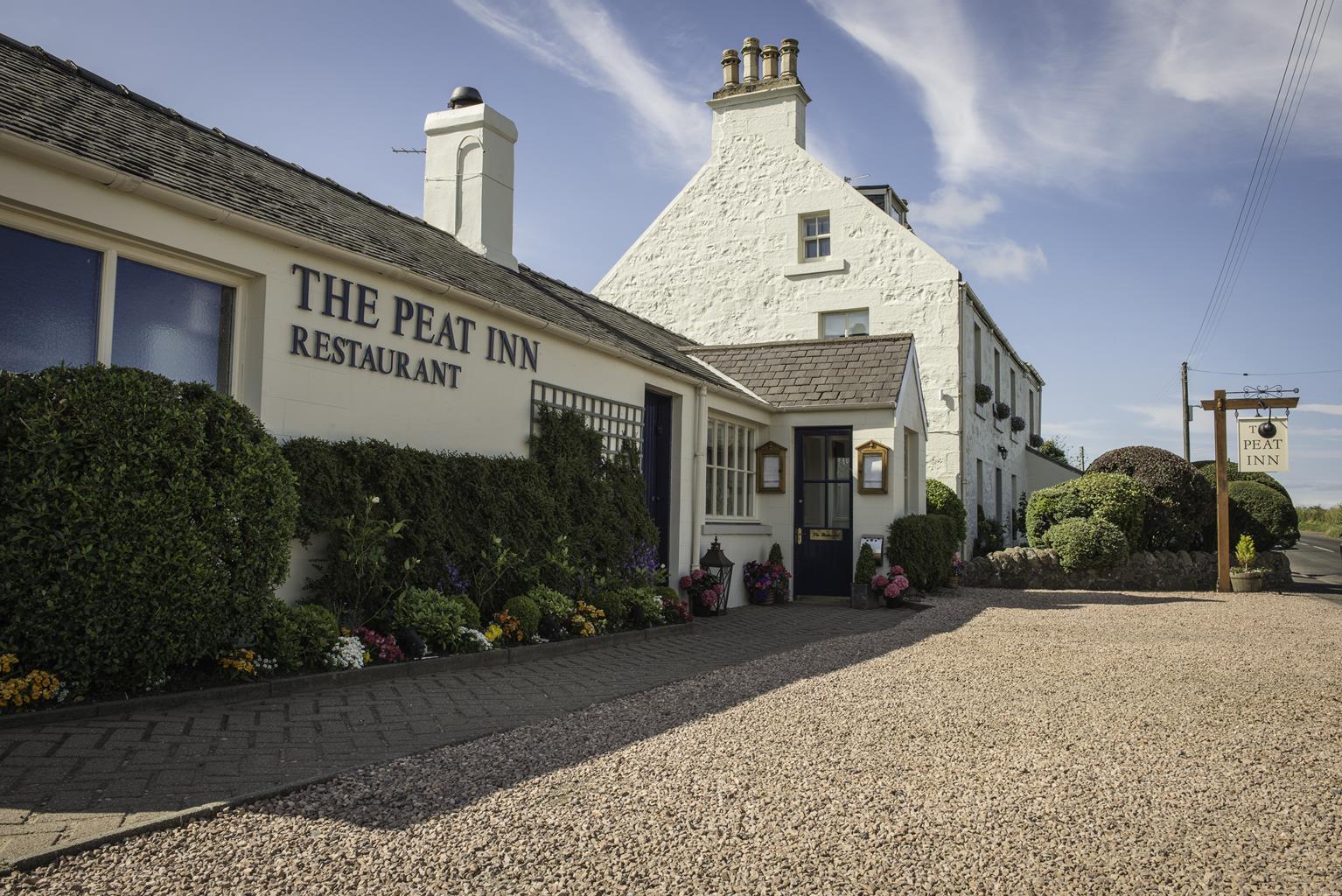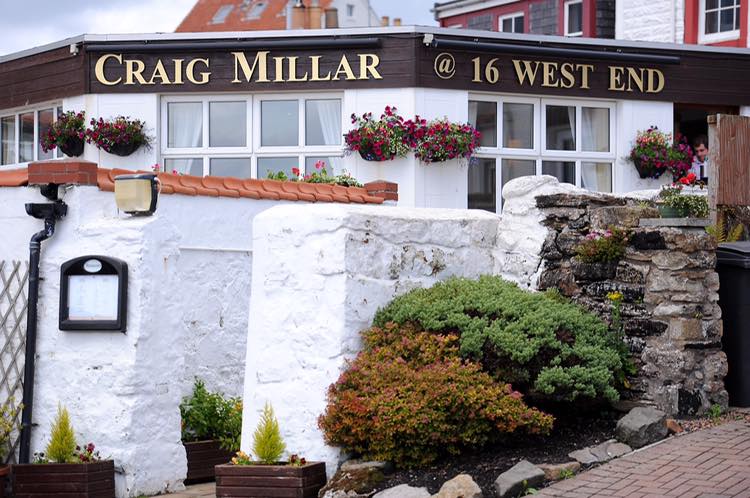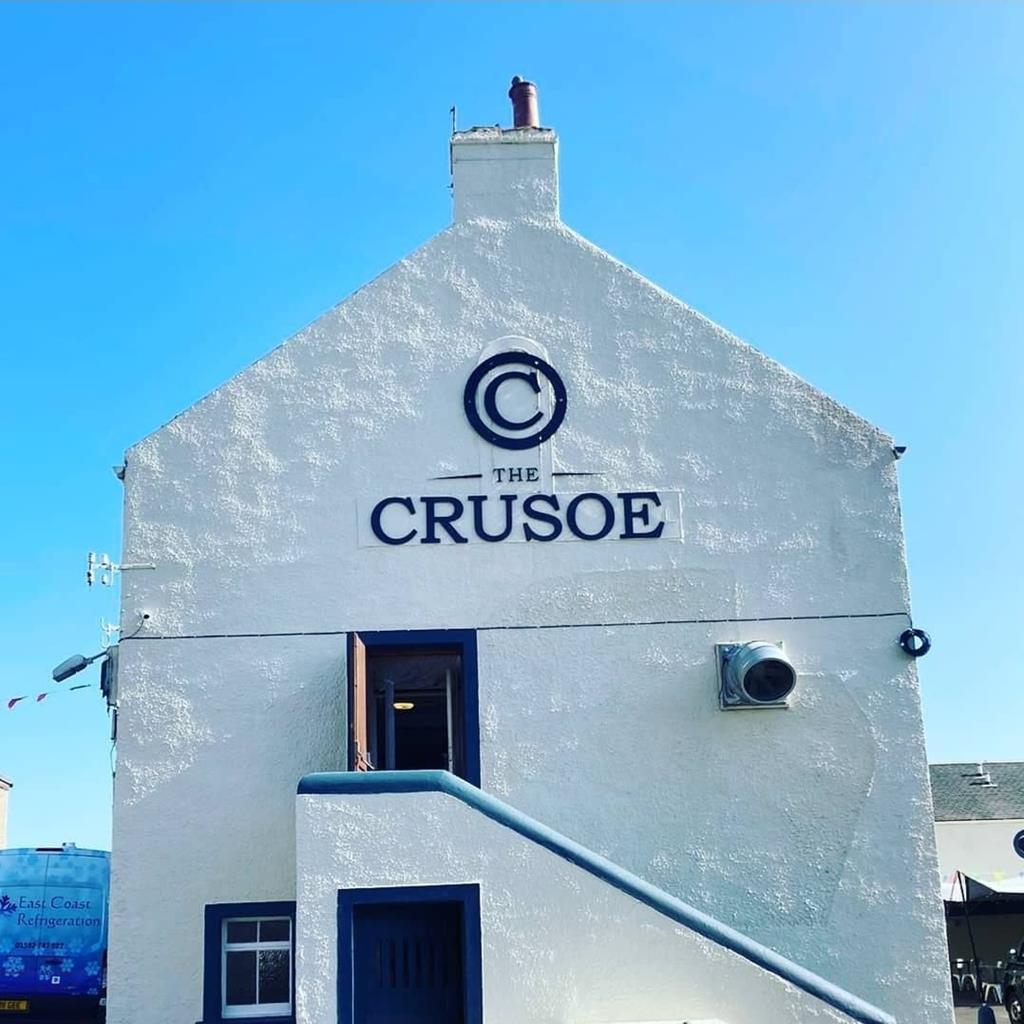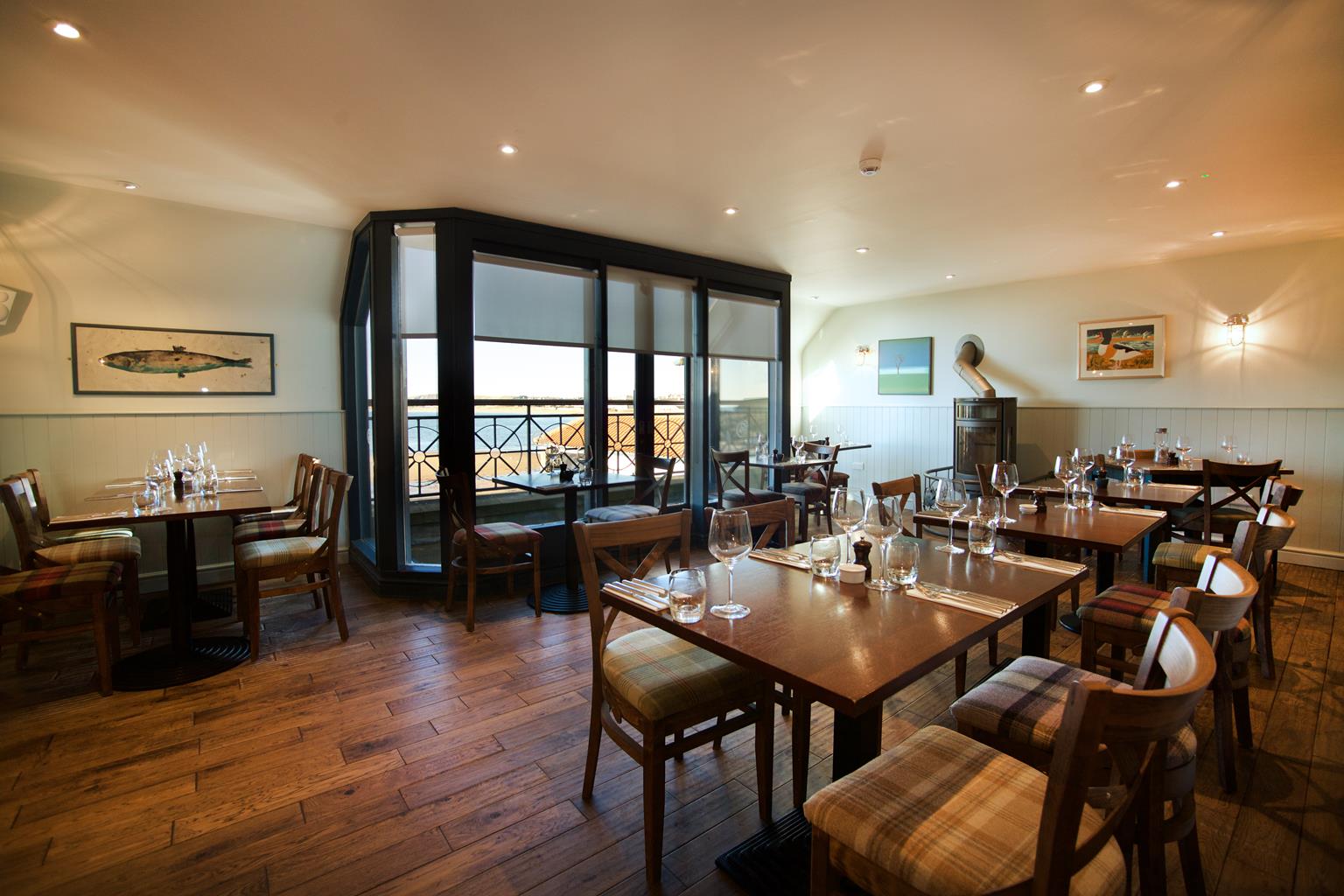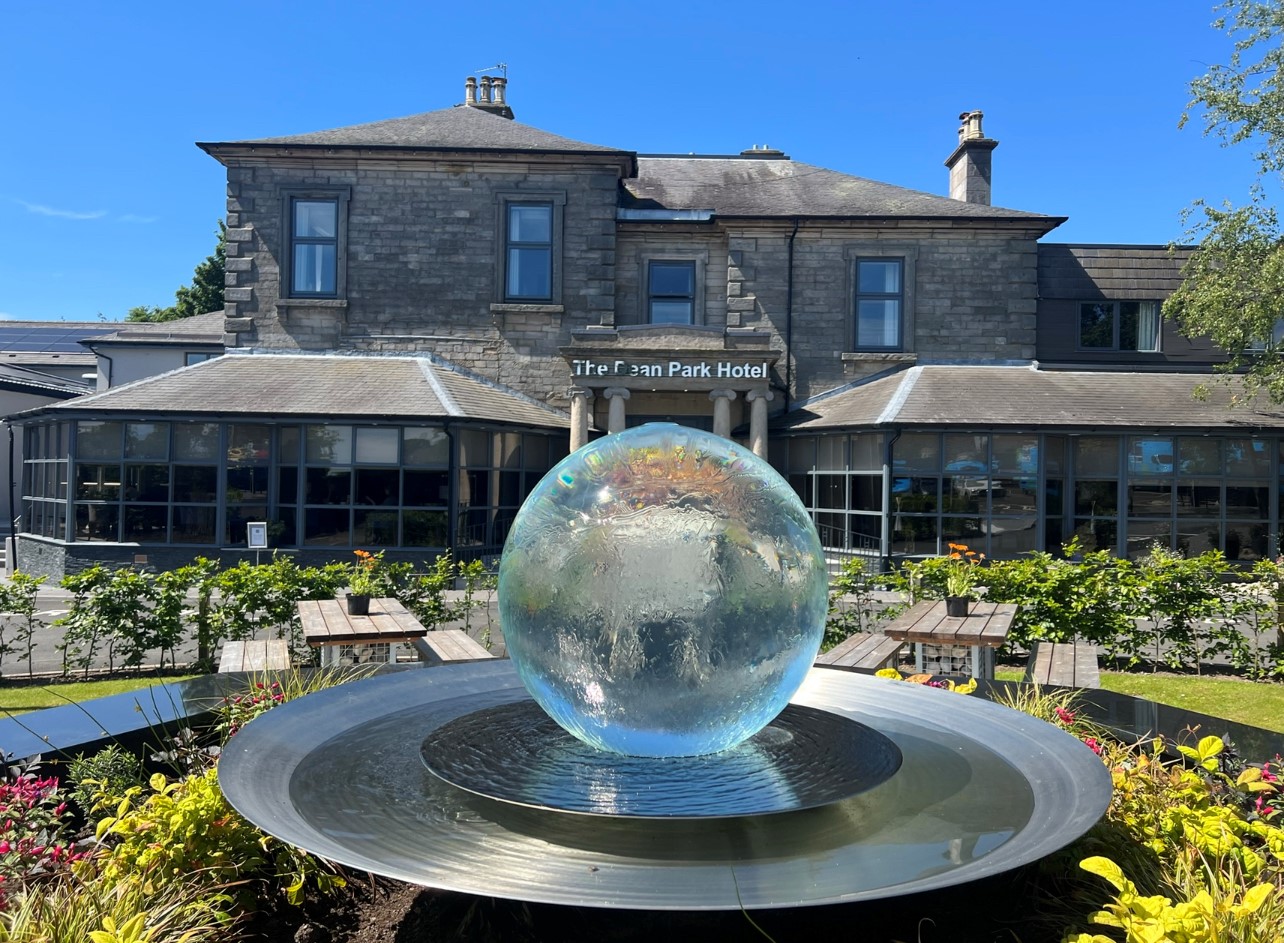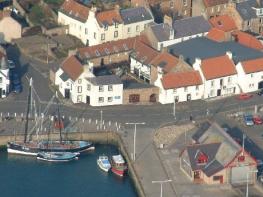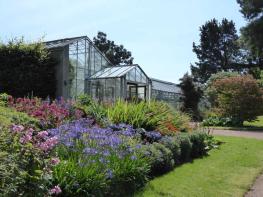The Crusoe was originally built in 1824 and overlooks the harbour with stunning views onto the…
Fife Coastal Path: Leven to Kirkcaldy

Along the coal coast
9.8 miles (15.8kms)
About the walk
The coal pits have left their bings or spoil heaps, tall and conical, and every bit as shapely as Largo Law (also in its way associated with fire, as it's the plug of an ancient volcano). And along the coastline, narrow black seams of coal run between the beds of sandstone. Sometimes the black streak of a 300 million year old tree root runs down through the rocks, and villagers could pick coal for their home fires off the beach.
Striking miners
For centuries up to World War II, coal mining was hard, dirty and dangerous, and often very poorly paid. It was against this background that the Labour government of 1947 nationalised the UK coal industry. But by 1984, the coal industry was heavily subsidised, inefficient and old-fashioned in its methods. The Conservative government under Margaret Thatcher decided to close 20 mines, employing between them 20,000 men, and to mechanise others with the loss of many more jobs. This brought them into direct conflict with the powerful National Union of Mineworkers, and a strike was called.
Though somewhat apart from the main action in Yorkshire and the north of England, the Fife miners were deeply committed to the strike. It was to last through the winter of 1984-5, with the miners and their families suffering great hardship. The strike ended in March 1985 with total defeat for the NUM, the miners voting to go back to work without having obtained any concessions at all from the National Coal Board. Many Fife pits never reopened after the strike, and coal mining is no longer a significant part of the local economy.
Michael and Frances Collieries
The Michael Pit, between East and West Wemyss, closed in 1967 after an underground fire in which 9 miners died. Approaching Dysart, the Coast Path passes through the former Frances Colliery. The cliffs below it are completely covered with spoil from the pit.
Founded in 1873 by Francis Earl of Rosslyn, by the time of the strike it had tunneled far out under the Forth, and linked with Seafield Colliery on the other side of Kirkcaldy. But during the strike its working face caught fire through spontaneous combustion. It had to be sealed off, and both Frances and Seafield Collieries closed for ever two years later.
Walk directions
From Leven to Buckhaven the coast is not accessible. Cross the River Leven by the A955 bridge, on the site of the former ‘Bawbee Bridge’, so called because of the toll (bawbee, or sixpence) payable. Turn left to walk through Methil past the large oil platform construction yard. Oil rigs are often anchored off shore here. The main road rises to a junction, where you turn left, soon passing Randolph Wemyss Hospital.
At a mini-roundabout, turn left through Buckhaven to a point above the shoreline. Here the street bends right. Where this street ends, steps lead up to a railway path on the left, through woods along the top of the shore slope.
At the edge of East Wemyss the path turns sharp left, to the imposing ruins of Macduff Castle, the oldest part of which dates from the 13th century. Steps on its right lead down to a series of impressive caves eroded into the sandstone cliffs. Some of the caves contain Pictish wall drawings: several can be explored with care (and a torch). Jonathan’s Cave (on the left) is named after a nailmaker who lived here for some years in the 18th century.
After a row of shoreline houses, head up to a railway siding path through woods at a slightly higher level. It leads above the Michael Pit, between East and West Wemyss. The wide path runs gently downhill to the shoreline below the imposing Wemyss Castle, started in the 14th century. The name Wemyss (pronounced Weems) comes from the Gaelic word uamh, meaning ‘cave’. The path continues past St Adrian’s Church into West Wemyss, with its fine 16th-century Tolbooth.
From West Wemyss, a lane and then a path leads to the 15th-century St Mary’s Chapel, disused for the past 200 years. Before Blair Point, steps lead up towards the pithead and through the former Frances Colliery. Follow streets nearest to the sea down through Dysart to the shore at Pan Ha', an attractive area with finely restored houses.
From a tunnel at the far corner of Dysart harbour, the walk continues through Ravenscraig Park, to exit above the ruin of Ravenscraig Castle. The road must again be taken to pass round Kirkcaldy harbour and reach the superb long sands. The famous Links Market is still held here each Easter. It lasts a week and has all sorts of stalls and fairground attractions.
Additional information
Town streets and waymarked paths, no stiles
Fishing villages and industrial towns
On lead in towns and villages
OS Explorer 367 Dunfermline
Leven Links; West Wemyss harbour; Kirkcaldy seafront
Leven Links; Ravenscraig Park, Kirkcaldy
<p>Frequent buses from Kirkcaldy to Leven. Trains from Kirkcaldy to Leuchars for bus link to St Andrews.</p>
WALKING IN SAFETY
Read our tips to look after yourself and the environment when following this walk.
Find out more
Also in the area
About the area
Discover Fife
This 20-mile wide peninsula between the Firth of Forth and the Firth of Tay is an ancient kingdom, once the home of Scotland’s kings and saints. Despite its modern bridges it still seems curiously detached from the rest of the country. Travelling along Fife’s grand coastline reveals a fascinating legacy of caves, castles, and ancient fishing ports. Blend coast and countryside by following stretches of the Fife Coastal Path, or take an exhilarating trek in the Fife Regional Park.
St Andrews has a unique place in Scotland’s heritage. According to legend, the city was founded by St Regulus in the 4th century, who was carrying relics of St Andrew, patron saint of Scotland, when his ship was wrecked off the coast. Thereafter, the town grew as an important religious centre, eventually home to the largest church in Scotland, now an attractive ruin, with the powerful bishops wielding great influence over church and state. Today, St Andrews is famous for its university, the oldest in Scotland, and as a world golfing mecca. The Old Course at the Royal and Ancient Golf Club claims to have 15th century origins and to play a round on these hallowed links is many golfers’ dream.
Nearby stays
Restaurants and Pubs
Nearby experiences
Recommended things to do
Why choose Rated Trips?
Your trusted guide to rated places across the UK
The best coverage
Discover more than 15,000 professionally rated places to stay, eat and visit from across the UK and Ireland.
Quality assured
Choose a place to stay safe in the knowledge that it has been expertly assessed by trained assessors.
Plan your next trip
Search by location or the type of place you're visiting to find your next ideal holiday experience.
Travel inspiration
Read our articles, city guides and recommended things to do for inspiration. We're here to help you explore the UK.

